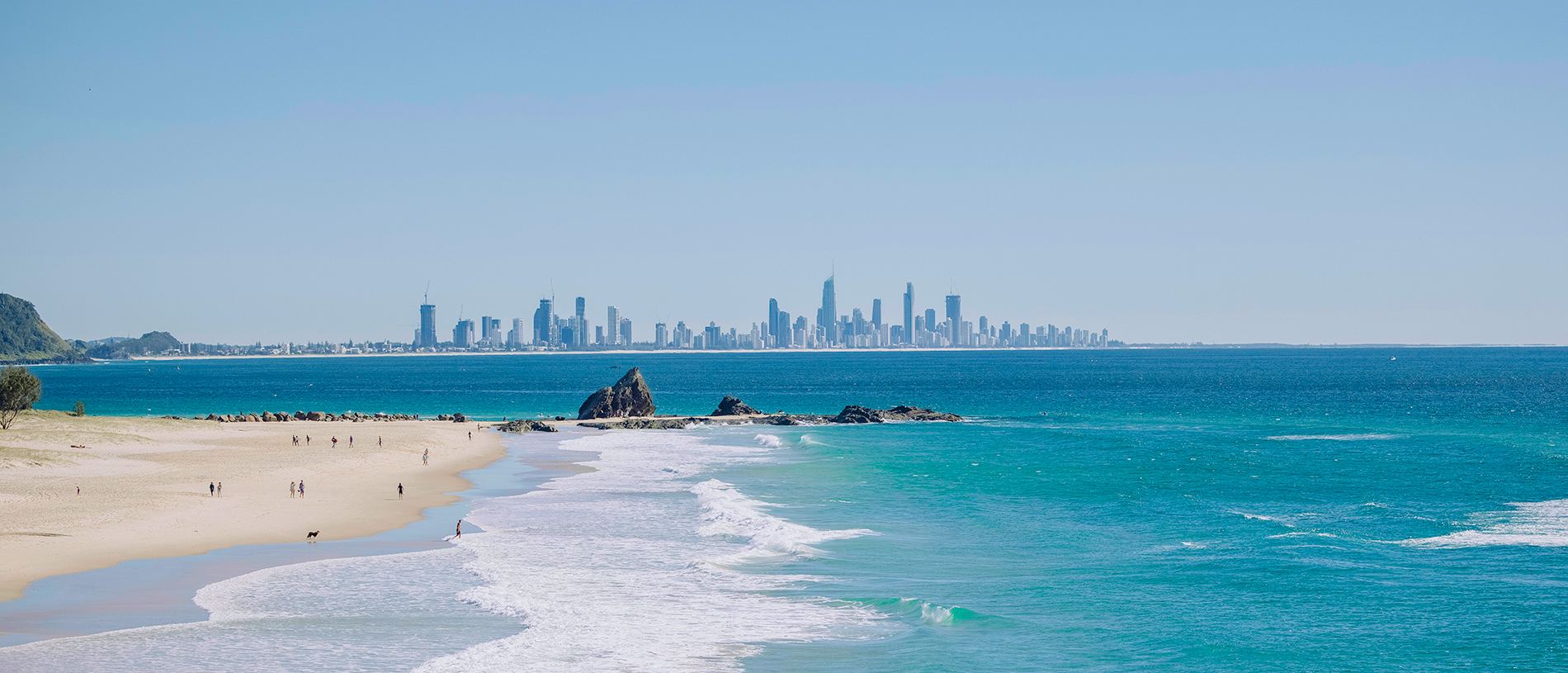
The Gold Coast: sun, sea and surprises
Discover the lesser-known highlights and unexpected activities of the Gold Coast.

An epic 1,100km drive from Melbourne to Sydney takes in rural Australia, coastal scenery and vibrant cities.
We were five kilometres off the highway on a dirt track in the heart of a eucalypt forest charred from fires. As the others had their eyes on the leafy treetops for koalas, I watched for rain that would swell the stream and cover our only road out.
At the water’s edge, a half metre-long lizard scurried into the undergrowth and ants the size of thumbnails busied themselves as frogs serenaded their efforts.
“Now I really feel like I’m in Australia!” Felix declared.
It was our fourth day in Aussie and while Melbourne had been great, getting into the country on our drive north to Sydney along Princes Highway was proving a highlight for us all.
Our side-trip to look for koalas had come on the recommendation of the Visitor Information Centre staff at Lakes Entrance.
The coastal Gippsland township is renowned for its location on the edge of the network of lakes and lagoons. Seals, dolphins, seahorses and whales all grace these shores, as well as many coastal birds, including the white-bellied sea eagle.
Although too late in the afternoon to take a cruise into the wetlands, the detour into Colquhoun State Forest in the hope of seeing cute marsupials was an absolute must. The track led us to the base of Stony Creek Trestle bridge, an impressive 20-metre-high structure built in 1916 for the Melbourne to Brisbane rail line. It was in service until a bushfire damaged it in the 1980s and is now a highlight for cyclists on the East Gippsland Rail Trail.
The koalas proved elusive. But as we rejoined the main highway at dusk it didn’t take long to start spotting wallabies, kangaroos and even an emu.
Rural Australia didn’t disappoint; throughout the day’s drive we’d passed rolling meadows with grazing horses, quaint towns with trees full of colourful lorikeets and jewels of national parks that shone with regenerating emerald brilliance across many sprawling hectares.
As darkness drew in, a dramatic electrical storm lit our arrival into our overnight stop of Merimbula in the heart of the NSW Sapphire Coast. We were now roughly halfway on our 1,100km drive to Sydney.
Merimbula boasts five beaches and claims to be one of Australia’s best fishing destinations. Waking early, we strolled the water’s edge, watching swimmers negotiate the lines of oyster farms in the lake around which the town is clustered.
We stopped for a dip at the main dune-lined beach, where dogs and children played in the small waves as surfers with their boards waited in anticipation of a bigger swell.
Our drive continued past more beautiful beaches. At the seaside village of Tathra we took a stroll down to the golden sands. Many were swimming in the patrolled area between flags, and a Surf Life Saving competition was in full swing, with ripples of applause for those racing to the finish line. The village boasts the only deep-sea timber wharf remaining on Australia’s East Coast – a place to watch for migrating humpback and southern right whales with their calves between August and November.
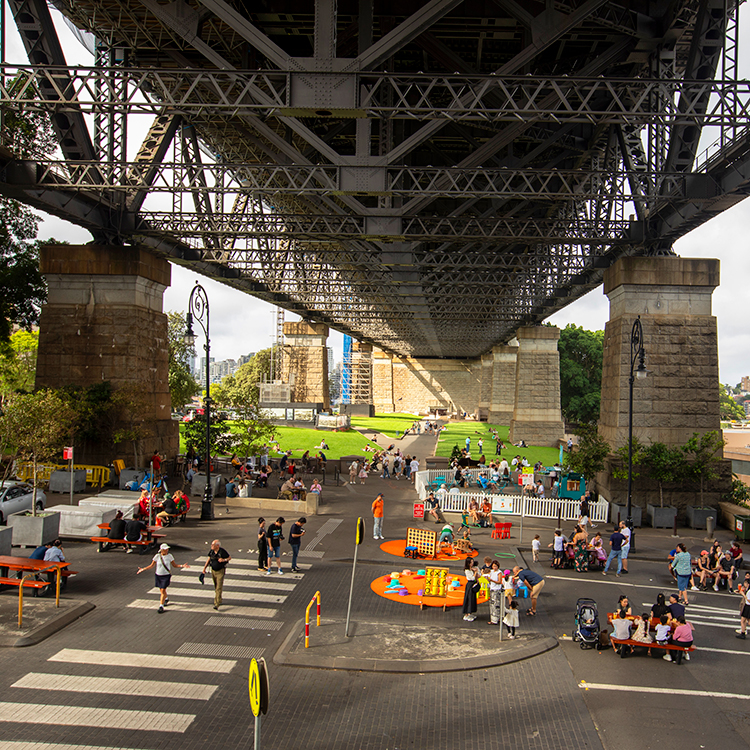
We passed through more quaint coastal towns with small fishing boats and sheltered bays, wishing we had time to stop, before finally reaching the capital of New South Wales, driving over Anzac Bridge at sunset with a view of the Sydney Harbour Bridge in the distance.
The next morning, we were drawn to the gleaming curved sails of the World Heritage-listed Sydney Opera House where the forecourt was being set up for an outdoor concert. This architectural icon stands on Tubowgule, the land of traditional custodians, the Gadigal clan. Picnickers had spread blankets beneath giant Moreton Bay Fig trees on parkland nearby and families were fishing from the historic stone jetty at nearby Man O’War Steps.
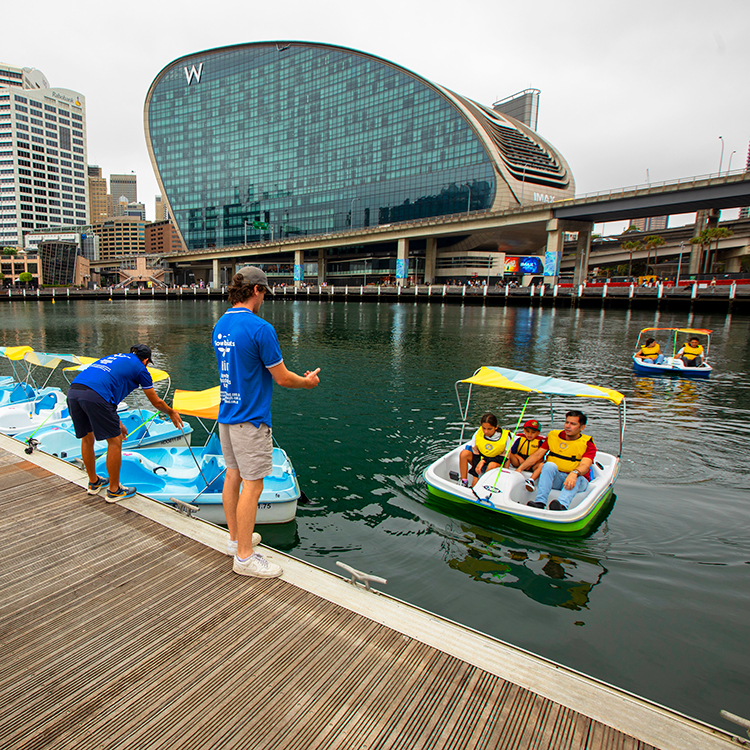
We joined the throng of tourists, office workers, buskers and lunchtime joggers to meander around bustling Circular Quay, passing smart restaurants with umbrellas beneath which mist was being sprayed into the air to cool patrons. A giant cruise ship dominated the wharf at the southern end of the bridge, as we headed across to explore the history of The Rocks.
The Discovery Museum in this cobblestoned part of the city is set in the remains of three buildings dating back to 1844. It tells the story of the area and some of those who’ve lived there, including the clan that thrived before the British arrived with convicts. It’s an upmarket area now with bistros, swish shops and a popular art and craft market, but a tour with a local guide reveals a checkered past as those banished to the penal colony carved new lives for themselves.
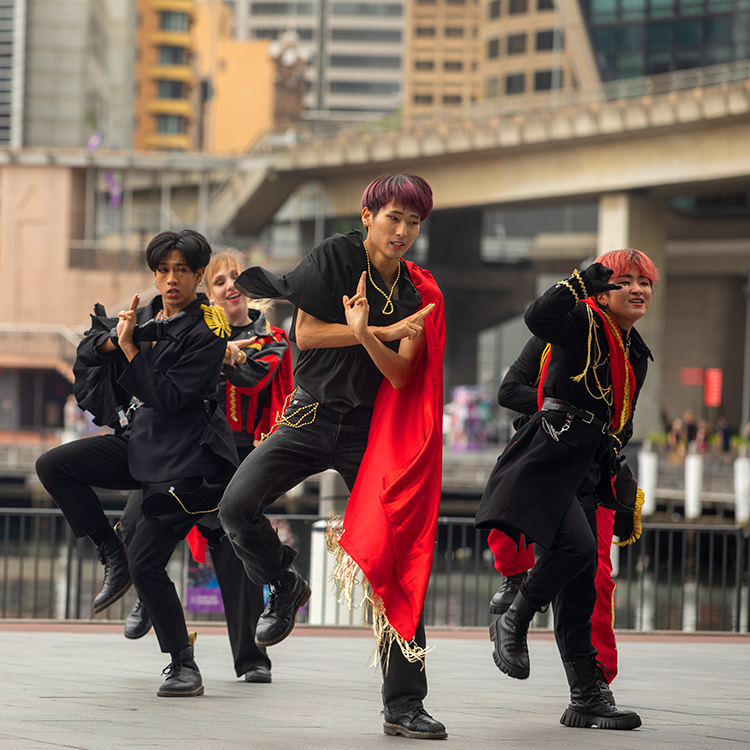
More history unfolded as we explored Darling Harbour, where giant hoardings screening major construction projects told the story of the whale boats that operated during the early 19th Century, and of the Goods Yard terminus that had been vital to the success of one of Australia’s most important early exports – wool. These days it feels like a playground; small children splashed in a large water feature, hip hop groups congregated to film their routines, people strolled with ice-creams and colourful pedal boats bobbed against a backdrop of towering high-rises.
But it was Melbourne, at the start of our trip, that had really surprised us with its modern architecture. We’d had a birds-eye view from our 43rd floor apartment on Collins Street. At sunset the peachy hues in the sky reflected on the glass of surrounding skyscrapers.
At sunrise the following morning, as we ate breakfast and watched Melbourne wake up, we looked down on rowers winding their way up the Yarra River from boathouses in Alexandra Gardens. Later that day we’d taken a stroll along the water’s edge while more crews trained in the heat, their coaches cycling alongside calling instructions from loudhailers. At the Botanical Gardens a wedding group had gathered for photos with impressive flora as a backdrop.
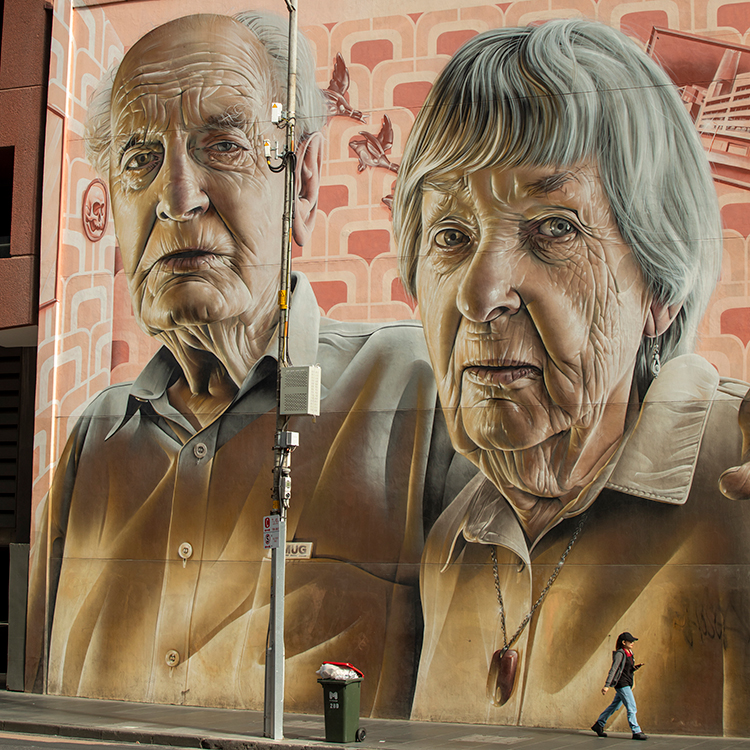
That tranquility was in stark contrast to the bustling city where historic arcades with mosaic floors, ornate stained glass and decorative wrought iron details teemed with shoppers. Restaurants had set up street-side tables and chairs in laneways, leaving the narrowest of spaces for waitstaff to skip between, and for buskers and pedestrians to negotiate.
A short tram ride away, the variety of cuisines on offer at the Queen Victoria Night Market was served with a hefty dollop of carnival atmosphere. Bands played, Sri Lankan chefs drummed stainless steel cutters with rhythmic chopping, and fairy stilt walkers entertained queues. It was a completely different Oz experience to the one out in the bush looking for koalas in the heat, but in its way just as magical.
This story is from the Winter 2025 issue of AA Directions magazine.